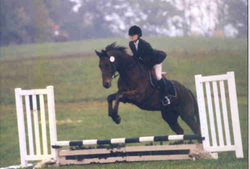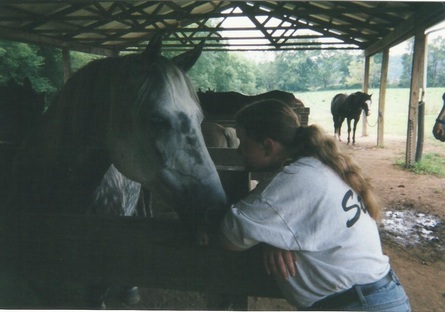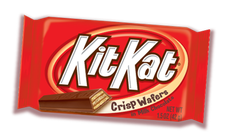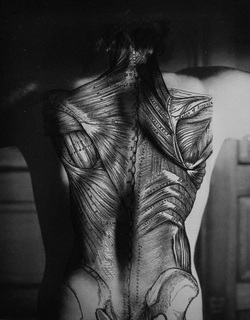
Questions that will probably be on the list:
"What does his normal gait look like?"
Every horse has it's own normal. Conformation, injuries and their job all play into how a horse moves and how it's been trained to move. Have you ever seen a naturally lofty moving horse pretend to be a western pleasure horse? Sometimes the only clues we are given is that "the horse just won't canter left" or "sticks his nose right when we stop." Your REMT will most likely ask to see the horse at work on a lunge and under-saddle.
"When did the horse start exhibiting new behavior?"
- Was it at a horse show that's conducted mostly on concrete? Many horses get sore after 4 days of concrete floors and roads with x-number of hours spent balancing in a trailer.
- Was the horse turned out in a field with a few playmates on a muddy day? Geldings typically play too hard and strain muscles when they should be quietly eating grass.
- Was it after a tack change? Saddle fit should always be the first thing checked after obvious injuries are ruled out. The next item to be checked tends to a bit change that's irritating the horse.
- Has the rider been doing anything different? Is the rider compensating for an injury or tight and painful muscles, sitting a little deeper to the left or right? If the rider is unbalanced it manifests in how the horse moves and ultimately can be the "ah ha!" moment where we discover exactly why the horse is lame on a particular side. This is where being a massage therapist who works on both sides of the fence comes in handy.
"What has been done to treat the horse?"
Although equine massage is gaining ground as a credible profession in the world we are still a long way away from having a REMT on your speed dial. Many times we are called out as "the last resort" before doing something drastic like nerve blocks or surgery. My favorite challenging case started with "She's already seen the vet and two chiropractors. We just brought her home from Rood & Riddle and they couldn't find anything. Good luck!" I'm happy to report that this particular case is back to full work after 2 treatments. All REMT's are trained to work WITH your healthcare providers. We all have an important role to fill and it's always best when the right hand knows what the left hand is up too.
After all of these questions the REMT will put her hands to their hands on the horse and begin a preliminary examination (temperature fluctuations, edema and texture changes). From this point the therapist will start fitting the pieces together to tell the horse's story and correct what imbalances that exist and let you know of any old injuries and any new injuries that need to be addressed. From here the REMT forms a game-plan with the owner and healthcare team with the horse's well being in mind.
A quick note: There is no substitute for education when it comes to treating an animal that is having any sort of lameness issue. Please be thorough and ask about the equine massage therapists credentials before allowing them to treat your horse. There are some good schools and there are many many one week courses out there that graduate hundreds of "equine massage therapists" every year. Please see "What do all those letters mean?" for more information.
Post #13/20 for the Blogging with Love challenge











 RSS Feed
RSS Feed